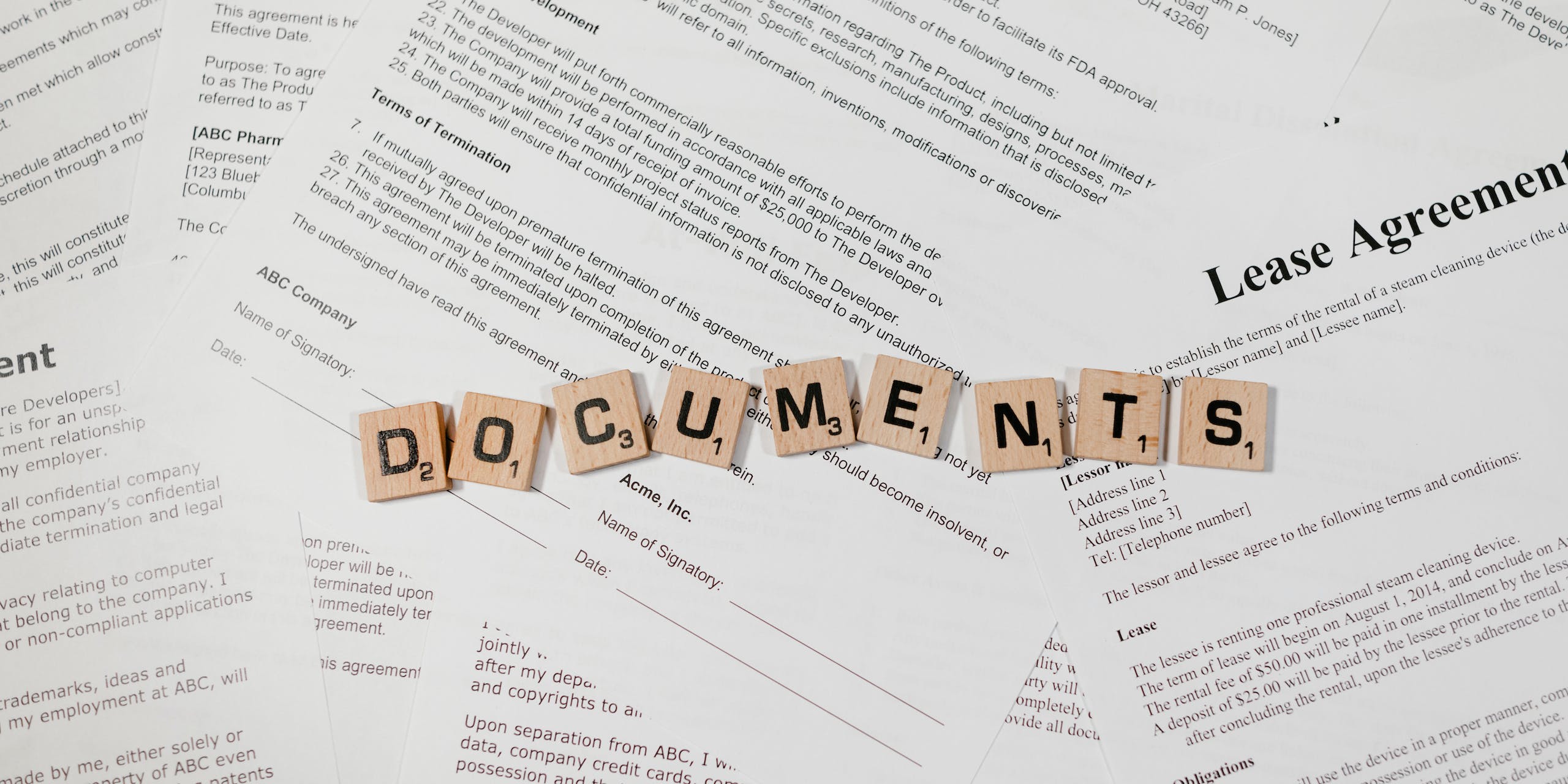The Hierarchy of HOA Documents
Published on 02 Nov 2023 | Last Updated on 19 Dec 2025 |

Homeowners Associations (HOAs) play a crucial role in maintaining order, enhancing property values, and fostering a sense of community within residential neighborhoods. To effectively manage these objectives, HOAs rely on a set of governing documents that define their powers, responsibilities, and rules. Understanding the hierarchy of HOA documents is essential for both board members and homeowners to navigate the complexities of living in an HOA governed community.
Declaration of Covenants, Conditions, and Restrictions (CC&Rs)
At the very top of the hierarchy, the Declaration of Covenants, Conditions, and Restrictions (CC&Rs) is the most critical document for an HOA. It is a legally binding document that establishes the basic framework of the community, outlining rules, regulations, and restrictions that homeowners must adhere to. The CC&Rs typically address issues like architectural guidelines, land use restrictions, and maintenance responsibilities. HybridHOA legal team can help frame Covenants and Bylaws, schedule a demo with HybridHOA.
Bylaws
The next level in the hierarchy consists of the HOAs Bylaws. Bylaws are the organizational rules that dictate how the HOA should function. They cover topics such as the structure of the HOA board, election procedures, meeting protocols, and decision making processes. Bylaws help ensure that the HOA operates smoothly and in compliance with state laws.
Articles of Incorporation
The Articles of Incorporation, while not directly related to the day to day operations of the HOA, are still a crucial part of the hierarchy. These documents officially establish the HOA as a legal entity, typically as a non profit corporation. They outline the HOAs purpose, location, and other basic information.
Rules and Regulations
Rules and regulations fall below the CC&Rs, Bylaws, and Articles of Incorporation in the hierarchy. These documents provide more specific details on day to day living in the community. They address issues like noise restrictions, pet policies, landscaping requirements, and parking rules. HOA boards have the authority to create, amend, and enforce these rules within the boundaries set by the higher level documents.
Resolutions and Policies
Resolutions and policies are the lowest level documents in the hierarchy. They are typically created by the HOA board to address specific issues or situations that are not covered in the higher level documents. For example, a resolution might be passed to establish a holiday decoration policy or to set the annual budget.
Understanding the Interplay
The hierarchy of HOA documents may seem straightforward, but in practice, its a bit more complex. Here how these documents interact:
- CC&Rs are the foundation of the HOA, setting the overall tone and guidelines for the community.
- Bylaws provide the framework for how the HOA operates and the rules for conducting board meetings and elections.
- Articles of Incorporation establish the HOA as a legal entity and specify its purpose.
- Rules and regulations provide specific guidelines for daily life within the community.
- Resolutions and policies offer flexibility in addressing unique circumstances and issues that arise over time.
Navigating Amendments and Changes
Any modifications to the Hierarchy of HOA Documents must be done in accordance with the guidelines set forth in each respective document. Changes to the CC&R often require a significant majority vote from the homeowners, while amendments to the Bylaws may require a vote from the HOA board. Rules and Regulations can typically be altered by the HOA board without requiring homeowner approval, but the changes must still align with the higher-level documents.
Ensuring Compliance and Transparency
Maintaining transparency and enforcing compliance with the Hierarchy of HOA Documents is essential for a well functioning community. Homeowners should have access to these documents and understand their rights and obligations within the community. HOA boards must ensure that all rules and regulations are consistently enforced to maintain a fair and harmonious living environment for all residents.
The hierarchy of HOA documents is essential for maintaining order and harmony in residential communities governed by HOAs. Understanding the roles and relationships between these documents is crucial for homeowners and board members alike. By adhering to these documents and knowing how to navigate their complexities, you can ensure a peaceful and well maintained living environment in your HOA governed community.
To learn more about it, take a look at our other blogs or our HybridHOA management services and Schedule a demo.
Search
Subscribe
Recent News
-
 Maintenance Request and ARC in HybridHOA
Maintenance Request and ARC in HybridHOA
-
 Documents in HybridHOA
Documents in HybridHOA
-
 Online Voting (Coming Soon) on HybridHOA
Online Voting (Coming Soon) on HybridHOA
-
 Send Physical Mail in HybridHOA
Send Physical Mail in HybridHOA
-
 Communication and Collaboration Tools in HybridHOA
Communication and Collaboration Tools in HybridHOA
-
 Finance & Management in HybridHOA
Finance & Management in HybridHOA
-
 Empowering Your Community Through Self Management
Empowering Your Community Through Self Management
-
 HOA Software for Gated Communities
HOA Software for Gated Communities

